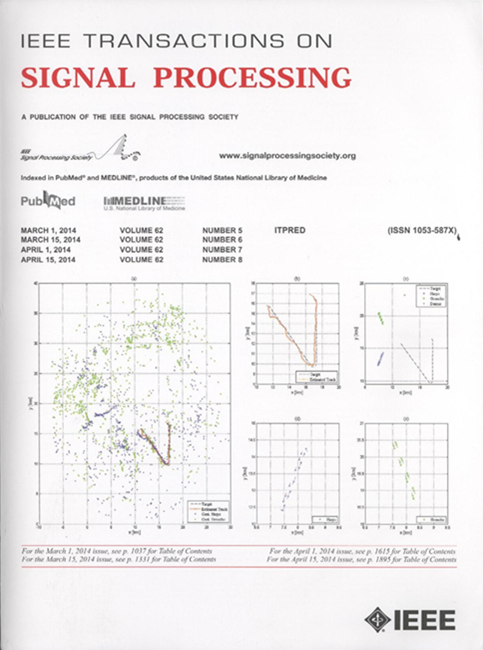Kolmogorov-Arnold网络的低张量秩自适应
IF 5.8
2区 工程技术
Q1 ENGINEERING, ELECTRICAL & ELECTRONIC
引用次数: 0
摘要
Kolmogorov-Arnold网络(KANs)已经证明了它们作为多层感知器(mlp)在各个领域的替代方案的潜力,特别是在与科学相关的任务中。然而,KANs迁移学习仍然是一个相对未开发的领域。在本文中,受张量的Tucker分解和KAN参数更新中低张量秩结构的证据的启发,我们开发了用于微调KAN的低张量秩自适应(LoTRA)。我们研究了基于Tucker分解近似的LoTRA的表达性。此外,我们还提供了一个理论分析来选择每个LoTRA组件的学习率,以实现有效的训练。我们的分析还表明,在所有组件中使用相同的学习率会导致训练效率低下,这突出了对自适应学习率策略的需求。除了理论见解之外,我们还探索了LoTRA通过微调kan来有效解决各种偏微分方程(PDEs)的应用。此外,我们提出Slim KANs,它结合了KAN参数张量固有的低张量秩属性,以减少模型尺寸,同时保持优异的性能。实验结果验证了所提出的学习率选择策略的有效性,并证明了LoTRA在求解偏微分方程中用于kan迁移学习的有效性。对Slim KANs函数表示和图像分类任务的进一步评估突出了LoTRA的表达能力以及通过低张量秩分解进行参数缩减的潜力。本文章由计算机程序翻译,如有差异,请以英文原文为准。
Low Tensor-Rank Adaptation of Kolmogorov–Arnold Networks
Kolmogorov–Arnold networks (KANs) have demonstrated their potential as an alternative to multi-layer perceptrons (MLPs) in various domains, especially for science-related tasks. However, transfer learning of KANs remains a relatively unexplored area. In this paper, inspired by Tucker decomposition of tensors and evidence on the low tensor-rank structure in KAN parameter updates, we develop low tensor-rank adaptation (LoTRA) for fine-tuning KANs. We study the expressiveness of LoTRA based on Tucker decomposition approximations. Furthermore, we provide a theoretical analysis to select the learning rates for each LoTRA component to enable efficient training. Our analysis also shows that using identical learning rates across all components leads to inefficient training, highlighting the need for an adaptive learning rate strategy. Beyond theoretical insights, we explore the application of LoTRA for efficiently solving various partial differential equations (PDEs) by fine-tuning KANs. Additionally, we propose Slim KANs that incorporate the inherent low-tensor-rank properties of KAN parameter tensors to reduce model size while maintaining superior performance. Experimental results validate the efficacy of the proposed learning rate selection strategy and demonstrate the effectiveness of LoTRA for transfer learning of KANs in solving PDEs. Further evaluations on Slim KANs for function representation and image classification tasks highlight the expressiveness of LoTRA and the potential for parameter reduction through low tensor-rank decomposition.
求助全文
通过发布文献求助,成功后即可免费获取论文全文。
去求助
来源期刊

IEEE Transactions on Signal Processing
工程技术-工程:电子与电气
CiteScore
11.20
自引率
9.30%
发文量
310
审稿时长
3.0 months
期刊介绍:
The IEEE Transactions on Signal Processing covers novel theory, algorithms, performance analyses and applications of techniques for the processing, understanding, learning, retrieval, mining, and extraction of information from signals. The term “signal” includes, among others, audio, video, speech, image, communication, geophysical, sonar, radar, medical and musical signals. Examples of topics of interest include, but are not limited to, information processing and the theory and application of filtering, coding, transmitting, estimating, detecting, analyzing, recognizing, synthesizing, recording, and reproducing signals.
 求助内容:
求助内容: 应助结果提醒方式:
应助结果提醒方式:


